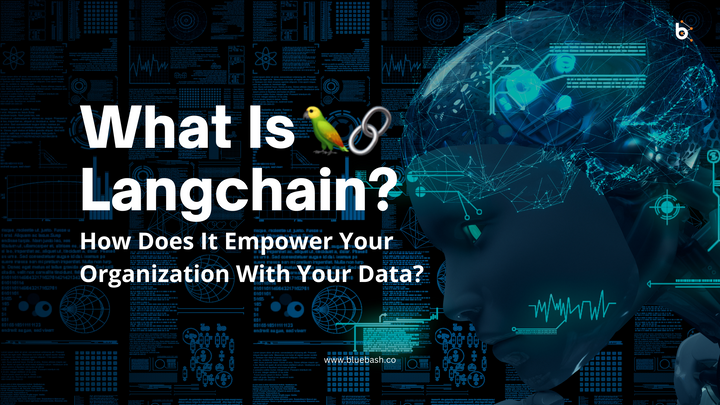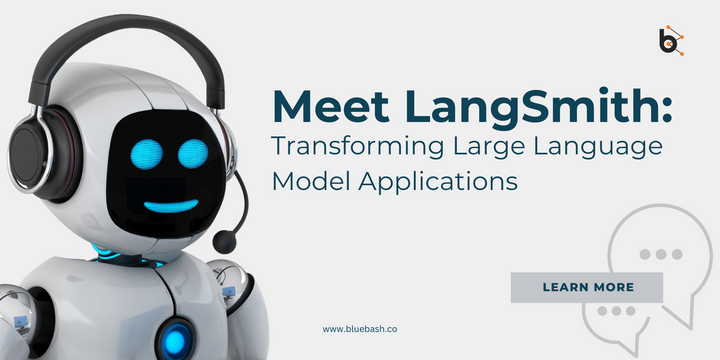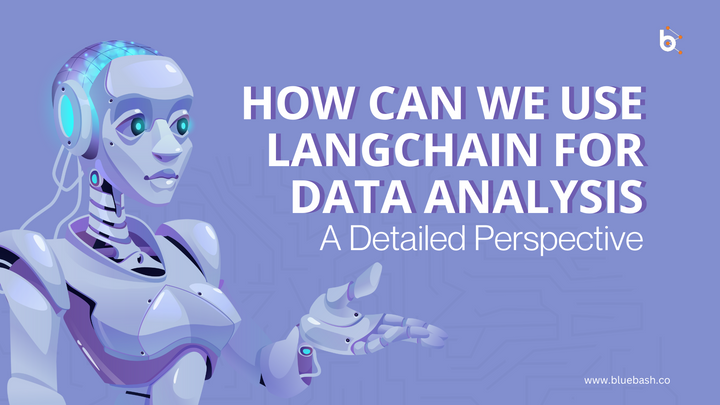ACP for Beginners: How AI Agents Find and Talk to Each Other Locally
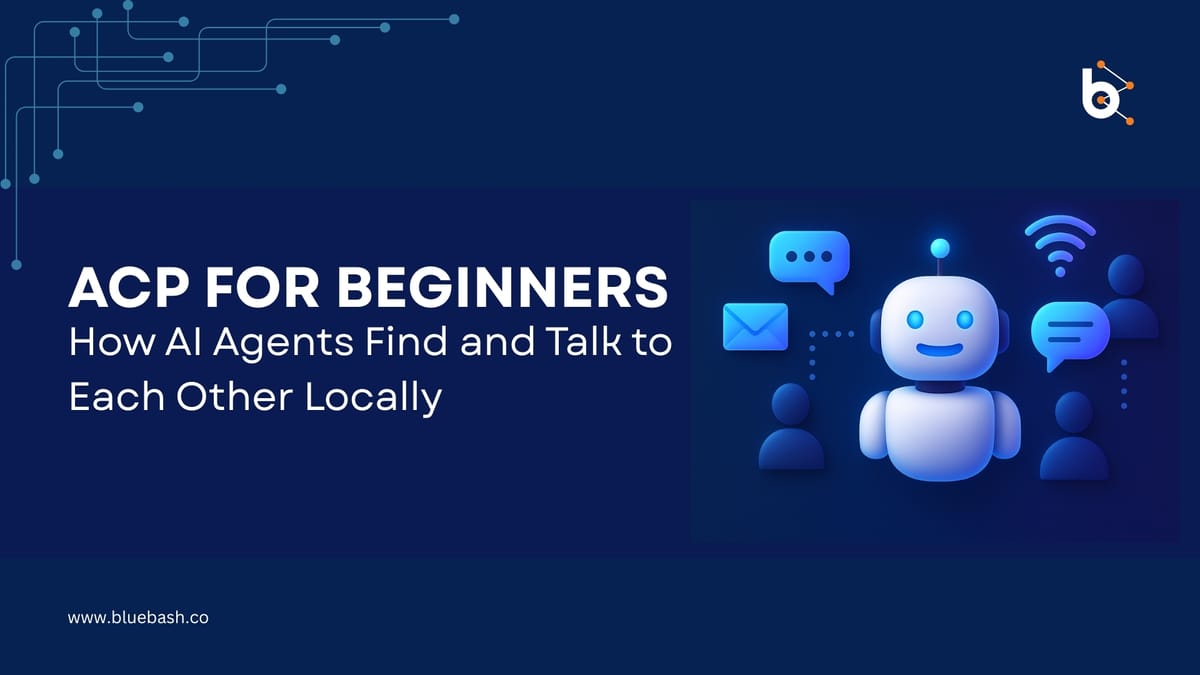
Artificial Intelligence (AI) is no longer a futuristic concept — it’s our present reality. From voice assistants to advanced robotic systems, AI agents are now everywhere. But have you ever wondered how these AI agents communicate with each other, especially in systems where multiple agents work together? Welcome to the world of Agent Communication Protocols (ACP) and local AI agent networking.
In this beginner-friendly guide, we’ll explore the agent communication protocol, AI multi-agent systems, local agent communication systems, and how these AI agents interact efficiently in local environments. Whether you are a developer, tech enthusiast, or business looking to hire an AI agents development company, this post will give you valuable insights.
What Is an Agent Communication Protocol (ACP)?
At the core of any AI multi-agent system (MAS) is the need for communication. Imagine a team of people working together — without clear language and protocols, collaboration would be impossible. The same principle applies to AI agents.
Agent Communication Protocol (ACP) refers to the set of rules and languages that enable AI agents to exchange information and coordinate actions. These protocols govern how agents:
- Send and receive messages
- Interpret the meaning (semantics) of those messages
- Decide how to respond or act based on communication
Popular ACP standards include FIPA (Foundation for Intelligent Physical Agents), KQML (Knowledge Query and Manipulation Language), and custom protocols designed for specific local agent communication systems.
Why Local Communication Matters in AI Multi-Agent Systems?
In many AI multi-agent systems, agents operate within a confined or localized environment. This can be:
- A smart home with interconnected devices
- A factory floor with collaborative robots
- A distributed software system managing cloud tasks
Local AI agent networking allows these agents to communicate directly without depending on cloud services or external servers. Benefits include:
- Low Latency
Faster decision-making since there’s no need to route data to distant servers. - Privacy & Security
Sensitive data stays within the local environment, reducing cybersecurity risks. - Resilience
Agents continue operating even without an internet connection. - Cost Efficiency
Reduced reliance on external communication services lowers operational costs.
How AI Agents Discover and Talk to Each Other Locally?
For agents to interact, they first need to find each other and then communicate using structured protocols. Let’s break this down.
Agent Discovery Methods
- Broadcast and Discovery Protocols
Agents can broadcast their availability and capabilities across a local network. Other agents listen for these signals and respond if collaboration is possible.
Example:
In a smart factory, a robotic arm can broadcast that it’s available to handle tasks. Other robots or AI controllers can then send tasks or collaborate accordingly. - Directory Facilitators
Inspired by the FIPA standard, some MAS setups use a Directory Facilitator (DF) — essentially a "yellow pages" service where agents register themselves and discover others.
Example:
In a healthcare facility, various custom AI agents (handling patient data, appointment scheduling, billing) can register with a DF, making it easier for new agents to locate and communicate with them. - Peer-to-Peer (P2P) Networking
In decentralized environments, agents may use peer-to-peer protocols to find and authenticate each other without a central directory.
Example:
Swarm robots in search and rescue missions dynamically find and connect with nearby units to coordinate efforts.
AI Agents Interaction Protocols :
Once agents discover each other, they need a structured way to communicate. This is where AI agents interaction protocols come in. These protocols define the flow of conversations, ensuring coherence and understanding.
Key Components:
- Speech Acts: Similar to human conversation, agents use acts like inform, request, confirm, or query.
- Ontology: Shared vocabulary and semantics so that agents interpret messages consistently.
- Conversation Management: Rules for managing dialogues, such as turn-taking and handling misunderstandings.
Popular Interaction Protocols:
- Contract Net Protocol
Used for task distribution where an agent announces a task, and others bid to take it up. - Auction Protocols
Agents participate in auctions to secure tasks or resources. - Negotiation Protocols
Agents negotiate terms before agreeing on actions or resource sharing.
Example in Action:
In an autonomous warehouse, a picking robot (Agent A) needs help moving heavy items. - Agent A sends out a request using the local communication protocol.
- Agent A evaluates the responses and selects the best helper based on availability and capacity.
- Nearby lifting robots (Agents B and C) receive the message and respond.
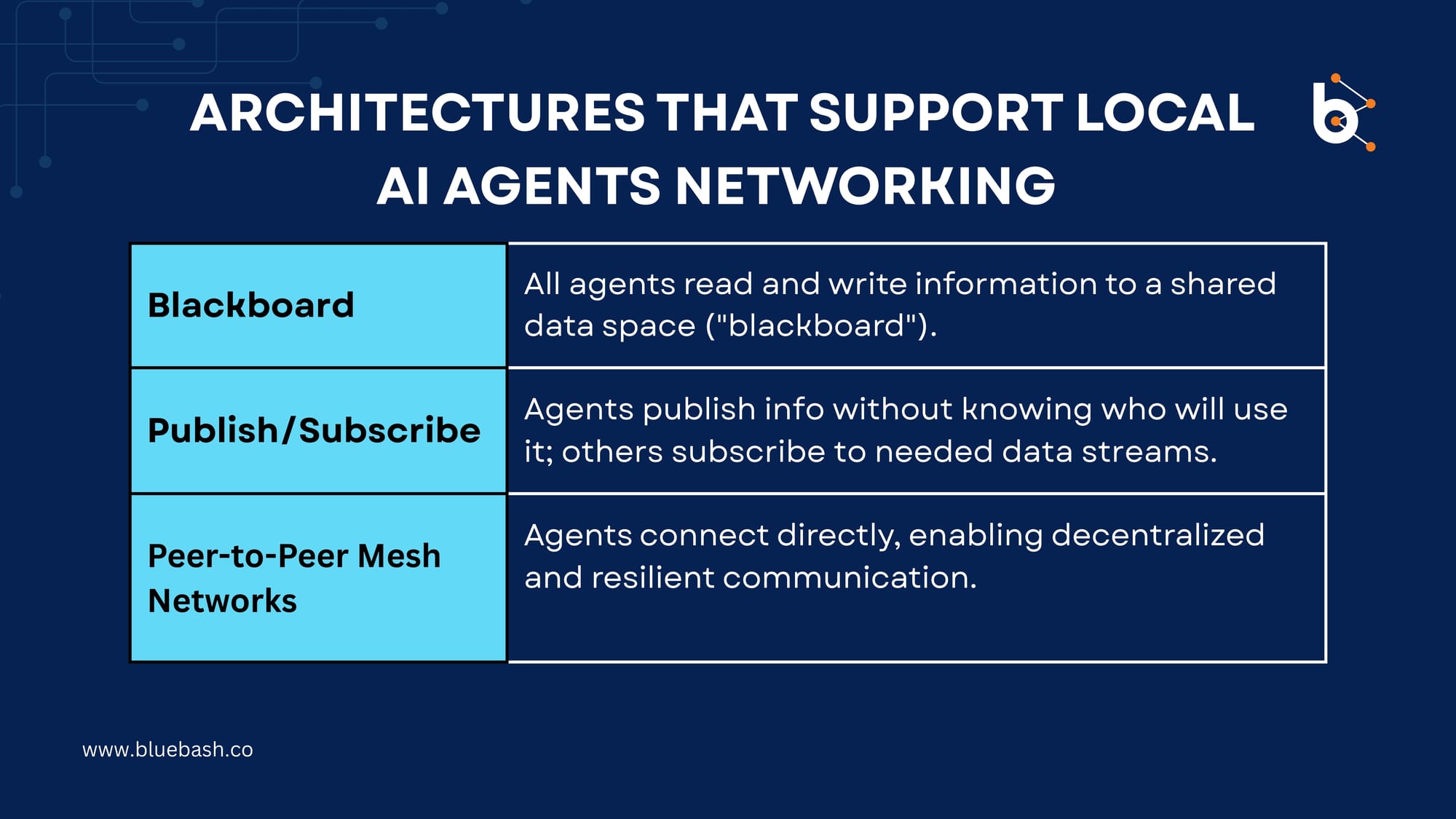
Why Bluebash Is Your Ideal Agent Communication Partner ?
If you’re planning to implement or scale your AI multi-agent systems, choosing the right AI agents development company is crucial for success. Bluebash combines deep technical expertise with industry-specific knowledge to create efficient, scalable, and reliable local agent communication systems and custom AI agents.
Here’s why Bluebash stands out:
- Deep Expertise in AI Multi-Agent Systems
Our team specializes in designing, developing, and deploying custom AI agents across industries such as healthcare, finance, manufacturing, and logistics. - Tailored Agent Communication Protocols
We craft agent communication protocols and AI agents interaction protocols that align with your unique business operations and goals, ensuring maximum efficiency and reliability. - Focus on Local Networking Solutions
We have a proven track record of developing local agent communication systems that enhance speed, privacy, and resilience through robust local AI agent networking. - Full-Cycle Development Services
From ideation and design to deployment and scaling, Bluebash offers comprehensive, end-to-end services. Whether you need a single intelligent agent or a complete AI multi-agent system, we’ve got you covered. - Trusted by Industry Leaders
Our solutions have powered innovations for startups, enterprises, and public sector organizations seeking to unlock the full potential of AI agent technology.

Future Trends in AI Agent Communication
As AI technology evolves, so do AI multi-agent systems and local agent communication systems. Some emerging trends include:
- Adaptive Communication Protocols
Agents will dynamically adapt their communication styles based on context and past interactions. - Self-Healing Networks
Advanced local AI agent networking will detect and repair communication breakdowns automatically. - Cross-Platform Interoperability
Future agent communication protocols will support seamless interaction between agents developed by different vendors and running on diverse platforms. - Edge AI Integration
With more computing happening at the edge (closer to where data is generated), local communication will become even faster and more efficient.
Conclusion
Understanding agent communication protocols, AI multi-agent systems, local agent communication systems, and local AI agent networking is essential for anyone interested in the future of AI. These systems enable AI agents to discover, connect, and collaborate efficiently in localized environments, powering everything from smart homes to industrial automation and healthcare.
If you're planning to implement or upgrade your AI multi-agent system, it’s crucial to design robust communication and interaction protocols. Partnering with Bluebash ensures that your AI agents are optimized for performance, reliability, and scalability — giving you a competitive edge in the AI-driven world.
FAQ's
- What is an Agent Communication Protocol (ACP) in AI?
An ACP is a set of rules and languages that lets AI agents exchange information, coordinate actions, and collaborate efficiently in multi-agent systems.
- Why is local AI agent networking important?
Local networking reduces latency, enhances privacy and resilience, and allows AI agents to operate smoothly without relying on external servers.
- How do AI agents discover each other locally?
They use broadcast protocols, directory facilitators, or peer-to-peer networking to identify and connect with other nearby agents.
- Can I create custom AI agents for my specific business needs?
Yes! Partnering with an experienced AI agents development company like Bluebash ensures your agents are tailored to your industry and operational goals.
- What industries benefit from AI multi-agent systems?
Industries like healthcare, finance, manufacturing, logistics, and smart homes use AI multi-agent systems for automation, data sharing, and decision-making.

